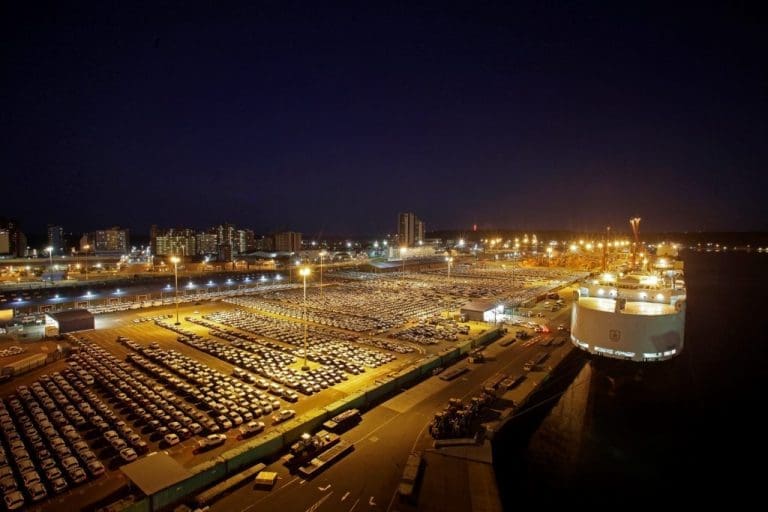South Africa’s battle with load shedding seems far from over, with the South African Reserve Bank (SARB) projecting a staggering 200 additional days of power cuts in 2024. Despite a recent respite from load shedding, Eskom’s temporary reprieve is poised to be short-lived, according to experts and projections outlined by the SARB.
Eskom, the state-owned power utility, announced a suspension of load shedding on Sunday, April 28, after 32 consecutive days without power cuts. This hiatus was attributed to sustained generation capacity and adequate emergency reserves. However, despite this momentary relief, concerns loom large over the resumption of load shedding in the near future.
The Electricity Minister, Kgosientsho Ramokgopa, alongside experts at the SARB, have cautioned that load shedding could make a comeback. Eskom’s latest winter outlook for April to August paints a variable picture, foreseeing anywhere between five to 103 days of load shedding based on factors such as breakdowns, demand fluctuations, and plant performance.
In the most probable scenario outlined by Eskom, the country might face 50 days of load shedding in the coming months, capped at stage 2. However, this projection is contingent on the continuation of the current positive trajectory in power generation.
Ramokgopa emphasized the unpredictable nature of Eskom’s operational landscape, highlighting that setbacks are plausible despite the progress made. He stressed the ongoing efforts to enhance the reliability of power generation infrastructure, cautioning against premature declarations of the end of load shedding.
Energy expert Chris Yelland echoed Ramokgopa’s sentiments, underscoring that intermittent load shedding will persist until fundamental issues plaguing Eskom, such as those at the Kusile power station, are effectively addressed.
The SARB’s Monetary Policy Review for April corroborated these apprehensions, forecasting a gradual reduction in load shedding over the next three years. However, it warned that power cuts would continue to impede economic growth significantly.
The SARB’s projections indicate a challenging road ahead, with load shedding expected to be prevalent for all but 47 days of the remaining 247 days of the year.
South Africa’s economic performance in 2023 underscored the detrimental impact of persistent power cuts, with GDP growth stagnant at a mere 0.6%. The SARB deemed this growth insufficient given the country’s burgeoning population and labor force.
Nevertheless, the Reserve Bank anticipates a gradual improvement in economic growth in the near to medium term as electricity supply gradually stabilizes. This positive trajectory is expected to be bolstered by private investments in renewable energy generation and heightened maintenance efforts by Eskom.
Despite these optimistic outlooks, South Africa’s economic growth is poised to remain below its long-term average, hovering around 1.2% in 2024 and gradually increasing to 1.6% by 2026. These growth rates fall short of both the country’s historical benchmarks and the global average for emerging markets, as projected by the International Monetary Fund.
The prevailing uncertainty surrounding the reliability of electricity supply continues to cast a shadow over South Africa’s economic prospects. Elevated unplanned outages and sporadic instances of Stage 6 load shedding earlier this year serve as stark reminders of the fragility of the national grid.
In light of these assessments and expert opinions, the SARB’s prognosis for 2024 paints a sobering picture, with an anticipated 200 additional days of load shedding. Should this forecast materialize, South Africa could potentially endure 270 days of power cuts in 2024, indicating a marginal improvement compared to the preceding year’s record-breaking figures.
As South Africa grapples with the persistent challenge of load shedding, policymakers and stakeholders face mounting pressure to expedite reforms and implement sustainable solutions to alleviate the strain on the country’s energy infrastructure. However, until comprehensive measures are enacted to address underlying issues, the specter of load shedding is likely to loom large over the nation’s economic and social landscape.










































